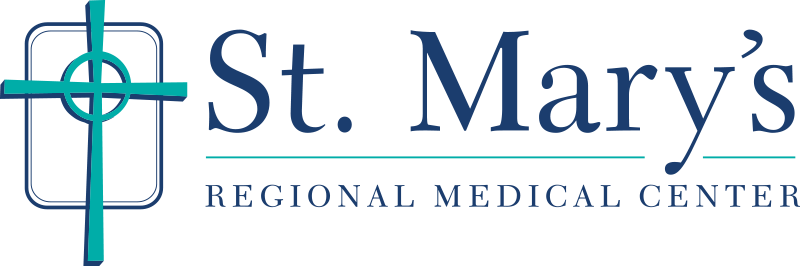PET, SPECT and Other Imaging
Radiologists at St. Mary's Regional Medical Center use nuclear medicine imaging to obtain detailed images of the body to help them identify disease. Nuclear medicine, which uses radioactive material to diagnose and determine the severity of disease, offers unique diagnostic information about the function of many organs in the body that other imaging methods may not provide. This form of imaging can often identify abnormalities very early in the progression of a disease; this enables treatment to begin at the earliest stage of a disease. Nuclear medicine is used to diagnose and monitor a wide range of diseases, including various cancers, heart disease, endocrine, gastrointestinal and neurological disorders.
Radiotracers Used to Visualize Disease
Before an imaging scan, a radioactive substance called a radiopharmaceutical or radiotracer is either injected into the body, swallowed or inhaled. This material accumulates in the area of the body that will be examined. The radioactive emissions are detected by a special camera or imaging device that produces images and other information that the radiologist will analyze. The amount of radiation from a nuclear medicine procedure is comparable to that received during a diagnostic X-ray. This amount is considered low and largely safe. The radiopharmaceuticals emit gamma rays that can be detected by special types of cameras called: gamma camera, positron emission tomography (PET) and single-photon emission-computed tomography (SPECT) cameras. These cameras work in conjunction with computers to form images that provide data and information about the area of body being imaged.
PET/CT for Cancer Detection
St. Mary's Regional Medical Center offers combined positron emission tomography (PET) and computed tomography (CT) imaging for cancer detection. Separately, the PET and CT scanners serve as powerful cancer-detecting tools, and used in combination they can help diagnose and monitor cancers at very early stages including lung, breast, colorectal, esophageal, head and neck cancer and lymphoma and melanoma. The PET/CT combination is also especially useful in staging ovarian, pancreatic and thyroid cancer. The PET/CT images, when used for the purpose of treatment planning, can identify tumor volume, which may help the treatment plan.
SPECT for Heart Disease Detection
St. Mary's Regional Medical Center uses a SPECT imaging system for early detection of heart disease, as well staging of cancer and detection of neurological disorders. It can be used with a CT scanner to help with surgical planning; this also gives it additional capabilities for diagnosing and monitoring heart conditions.
